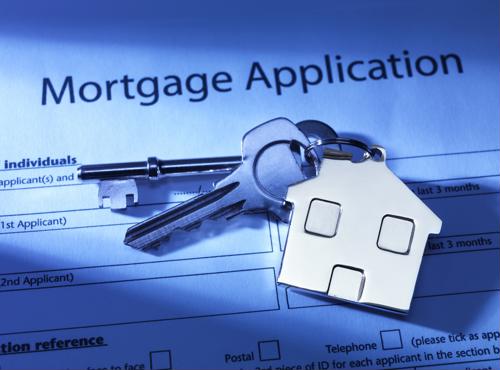
First-time homebuyers might be tripped up by the terms “pre-qualified” and “pre-approved.” After all, these phrases are used quite often in marketing about mortgages, and might even be used interchangeably.
The real question for first-time homebuyers is, “What’s the difference?” While the two are indeed similar, important differences exist.
In this article, we’ll provide a definition for each and compare the terms so you can be confident and more informed in your decision-making when buying a home.
What Is Pre-Qualification?
For many first-time homebuyers, pre-qualification is among the first concrete steps taken in the mortgage process.
Essentially, pre-qualification is the act of working with a lender to see what kind of mortgage you might qualify for based on your current personal finances. To do this, you’ll likely need to submit information like income, debts, bank statements, employment history and credit score.
With that information in hand, your lender will be able to give you a broad estimate of the value of the mortgage and interest rate you’d likely qualify for. Typically, after submitting your information, you’ll receive a pre-qualification letter that you can use when home hunting. The process may be free or come at a small cost.
Importantly, pre-qualification is not a guarantee that you will get the mortgage.
What Is Pre-Approval?
Pre-approval is the next stage after pre-qualification. Basically, becoming pre-approved for a loan means you have undergone further vetting and are confirmed to be approved for a mortgage of a certain type, value and term, as well as specific interest rate.
Pre-approval can be more advantageous in homebuying because it shows sellers that not only are you serious, but that you also have a mortgage potentially lined up to complete the deal.
Importantly, pre-approval does not guarantee that the loan has been made. Underwriting and other steps must also be completed before the mortgage can be finalized. Be aware that some pre-approvals do not result in a final home loan.
What’s The Difference?
Here’s an easy way to simplify the difference between the two: Pre-qualification usually comes first, then pre-approval.
You can also use the terminology to separate the two. To qualify means to become eligible for a mortgage; to be approved means to be officially OK’d under some process or protocols.
Anything Else to Know?
Sometimes, the two processes really do overlap, which can create lots of confusion. Some lenders may have separate processes for pre-qualification and pre-approval. Other times, lenders may only offer one and use the terms interchangeably.
As such, it’s highly important to do your research when comparing lenders and looking for a mortgage. If you need to, ask a loan agent how the lender treats pre-qualification and pre-approval and if there are other differences you should know about.
Get Pre-Approved for a Home Loan
Are you looking to take the next steps in your homebuying journey and are ready to get a mortgage? Reach out to The Federal Savings Bank today to begin the process and apply for a home loan.
This information is intended for educational purposes only. Products and interest rates subject to change without notice. Loan products are subject to credit approval and include terms and conditions, fees and other costs. Terms and conditions may apply. Property insurance is required on all loans secured by property. VA loan products are subject to VA eligibility requirements. Adjustable Rate Mortgage (ARM) interest rates and monthly payment are subject to adjustment. Upon submission of a full application, a mortgage banker will review and provide you with the terms, conditions, disclosures, and additional details on the interest rates that apply to your individual situation.


